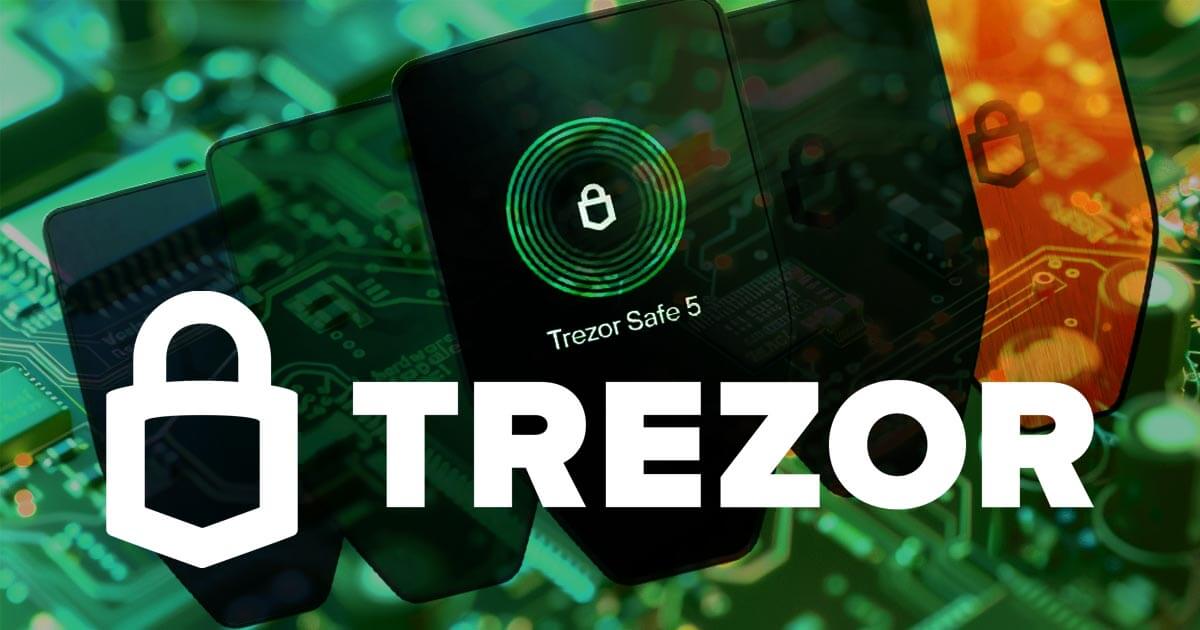Trezor Login: Secure Access to Your Hardware Wallet
A complete guide to safe authentication, wallet access, and account protection.
Introduction to Trezor Login
When you initiate a Trezor login, you are essentially pairing your physical device with the Trezor Suite interface—either the browser version or the desktop application. This creates a secure handshake between your device and the software, ensuring your private keys stay offline at all times.
As crypto adoption expands, wallet security has become more important than ever. Concepts like cold storage, multi-signature verification, and hardware wallet authentication are now part of everyday digital asset management. Trezor represents a leading solution that embraces all these principles.
Why the Trezor Login Process Matters
The login process is more than just a method of accessing your crypto wallet—it is a core part of Trezor’s security model. Since your private keys never leave the device, every login session is built around verifying your physical ownership. Unlike web-based wallets that rely on passwords, Trezor simply cannot be accessed without the device itself.
This eliminates threats like phishing, keyloggers, or remote intrusion attempts. Even if someone knows your PIN, they still need the physical device. Even if your device is damaged, your recovery seed lets you restore everything on a new Trezor. It is a simple yet powerful approach to asset protection.
How to Log In to Your Trezor Wallet
Step 1: Open Trezor Suite
Start the login process by opening the Trezor Suite desktop app or navigating to the browser interface. Always ensure you're accessing the authentic interface to avoid phishing attempts. Trezor Suite checks the integrity of your connection automatically.
Step 2: Connect Your Trezor Device
Connect your Trezor Model One or Model T via USB. The device will power on and prompt you to confirm that you trust the connected computer. This step ensures that you are fully aware of the environment where you are authorizing your login.
Step 3: Enter Your PIN
Trezor implements a randomized PIN matrix to protect against malware and screen-capturing attacks. Entering your PIN confirms your identity and unlocks the device’s internal functions. The PIN is stored offline and never transmitted.
Step 4: Access Your Wallet Dashboard
Once authenticated, your dashboard appears. From here, you can manage assets, buy crypto, initiate transfers, update firmware, and review transaction history. Every sensitive action requires confirmation on your Trezor device.
Security Principles Behind Trezor Login
- Cold Storage Protection
- Passphrase-Based Authentication
- Zero-Knowledge Private Key Architecture
- Firmware Verification and Integrity Checks
- Encrypted PIN Input Methods
Trezor Login vs. Traditional Crypto Logins
| Feature | Trezor Login | Traditional Login |
|---|---|---|
| Private Key Storage | Offline (Cold Storage) | Online (Hot Wallet) |
| Login Requirement | Physical Device + PIN | Password or Email |
| Phishing Risk | Extremely Low | High |
| Device Authentication | Always Required | Not Required |
| Security Strength | Very High | Moderate |
Common Trezor Login Issues and Fixes
1. Device Not Recognized
Try using another USB cable, USB port, or restart your device. Browser mode users should ensure WebUSB is enabled.
2. PIN Not Displaying Correctly
If the randomized keypad does not appear, refresh Trezor Suite or reconnect the hardware.
3. Firmware Outdated
Login may fail if your firmware is significantly outdated. Update via Trezor Suite when prompted.
4. Browser Conflicts
Clear cache or try another browser. Chrome/Brave typically offer the fewest issues.
FAQs About Trezor Login
Q1: Can someone access my Trezor wallet without my device?
No. The device is mandatory for login and transaction approvals.
Q2: Does Trezor store my login data online?
No data, keys, or PINs are stored on servers.
Q3: Can I log in remotely?
You must physically have the Trezor device connected.
Q4: What if I lose my Trezor?
You can restore your wallet using the recovery seed on a new device.
Conclusion: Trezor Login Keeps Your Crypto Truly Yours
Logging into your Trezor wallet is more than a routine action—it is a powerful security standard built to protect your digital wealth.
By combining offline authentication, encrypted PIN protection, and a tamper-resistant device, Trezor ensures your assets remain safe in a world where cyber threats grow daily.
Whether you're a new crypto user or a seasoned investor, mastering the Trezor login process reinforces a habit of secure asset management and complete financial independence. With Trezor, you control your crypto—fully, securely, and confidently.
